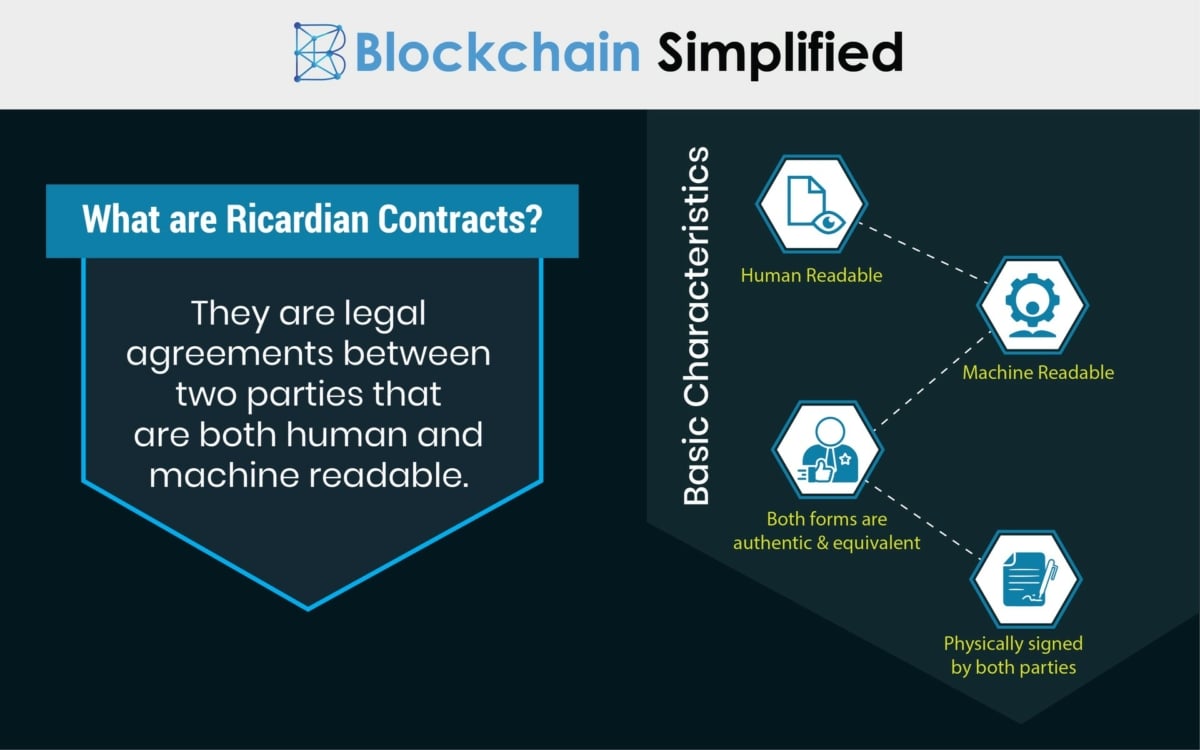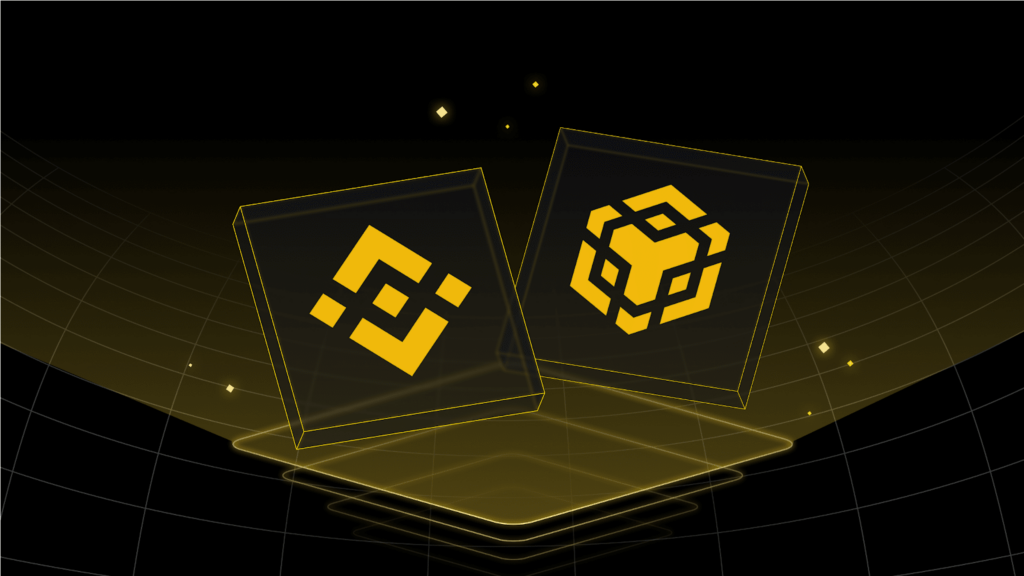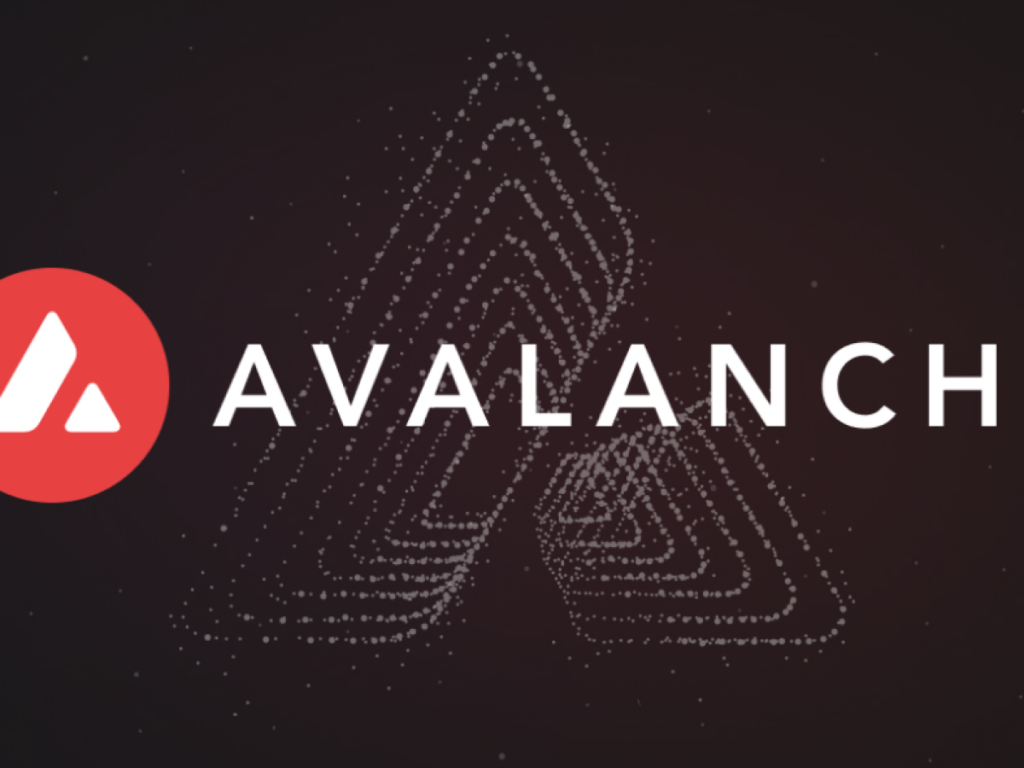Imagine a world where every cent you spend is monitored, analyzed, and, if deemed necessary, restricted.
If that sounds like a page out of a dystopian novel, think again — that’s exactly the direction Central Bank Digital Currencies (CBDCs) are heading.
While governments and financial institutions hail CBDCs as the “future of money” promising security and efficiency, the truth is they could dismantle the very idea of financial privacy.
This push toward CBDCs is no accident.
But in the midst of this creeping control, one option stands as a fortress for privacy and personal sovereignty.
The Trap of Total Control: How CBDCs Centralize Your Finances
When we talk about CBDCs, let’s focus on what they truly are — centralized control masquerading as convenience. With CBDCs, governments and central banks would gain unparalleled insight into every transaction made within their economies. Unlike cash or even traditional digital payments, CBDCs would be programmable and traceable by design, placing every user’s spending under the watchful eye of the central authority.
The implications are enormous. Imagine that every transaction — from buying groceries to donating to a charity — becomes part of a digital footprint that central authorities can access, analyze, and potentially influence. Today, if you want to buy something without the world knowing, you can use cash. In the CBDC future, that choice could vanish.
This is where Monero steps in.
While CBDCs would offer the transparency that surveillance capitalists crave, Monero offers privacy. Monero is designed as digital cash, allowing users to conduct transactions that can’t be traced, tracked, or restricted. It’s the digital shield standing between you and a world of unrestricted financial control.
The Surveillance State’s Wet Dream
We’re already living in a surveillance economy where companies mine data from social media, search engines, and apps to build comprehensive profiles of individual behavior. With CBDCs, that same level of control would apply directly to your money.
Under a CBDC regime, every purchase you make would be recorded and could potentially be flagged. Social credit systems already exist in places like China, where people’s financial and social privileges are adjusted based on how they score with the state. CBDCs open the door for this sort of surveillance on a global scale.
Monero offers the alternative that CBDCs will never allow: true financial privacy.
Unlike Bitcoin and other cryptocurrencies that rely on public ledgers, Monero transactions are fully obfuscated by default. The sender, receiver, and transaction amount are hidden, making it virtually impossible for any outside observer to trace. For those concerned about financial freedom, Monero is designed to provide the privacy CBDCs seek to take away.
Programmable Money: Freedom or Financial Chains?
CBDCs would give governments unprecedented control over our money by making it programmable. That means central authorities could theoretically dictate how you spend it. Imagine a world where stimulus checks can only be spent on “approved” goods and services, or a time limit is placed on your money so you can’t save — you can only spend. This is programmable money’s dark side.
Monero stands in stark contrast to this. Monero’s transactions are controlled by you alone. There are no arbitrary limitations, no behavioral incentives, no expiration dates. With Monero, your money is yours to do with as you please, keeping the fundamental right to economic freedom in the hands of individuals, not institutions.
Inflation on Demand: The Infinite Money Printer Gets a Digital Upgrade
CBDCs may also usher in a new era of “print-on-demand” money, where central banks can inject new currency with a few clicks. This isn’t hypothetical — CBDCs make it easier than ever to expand the money supply without needing physical currency. While CBDCs give governments a direct tool to counter deflation, they also magnify inflation, eroding your purchasing power at a pace we haven’t yet imagined.
Monero, however, operates on a capped, predictable supply. This hard limit ensures that inflation remains in check, preserving value over time. In a world where central banks are incentivized to devalue currency for short-term gain, Monero offers a hedge, a currency that keeps its value by design and remains free from governmental interference.
Monero as the Last Defense Against Financial Cancel Culture
In a world of CBDCs, Monero isn’t just another cryptocurrency; it’s a shield against surveillance capitalism and cancel culture. As an open-source, privacy-centric cryptocurrency, Monero is the solution for those who want to protect their financial autonomy.
Consider real-world use cases. Activists, journalists, and everyday people under oppressive regimes have turned to Monero to protect their transactions from government eyes. While other cryptocurrencies like Bitcoin offer a level of privacy, they aren’t designed for full obfuscation. Monero, on the other hand, uses ring signatures, stealth addresses, and confidential transactions to ensure that transactions are truly private. No one but you can see your Monero transactions.
Monero isn’t just a currency; it’s a form of resistance against the overreach of the surveillance state.
Monero makes it possible to avoid the traps of surveillance capitalism by providing a way to transact without third-party interference. And in an age where privacy is rapidly eroding, Monero is a critical tool for financial autonomy.
A Thinly Veiled Social Credit Score System
CBDCs may masquerade as the next step in financial technology, but they represent a giant leap backward for personal freedom. Imagine the power in the hands of governments that can see every transaction, restrict spending, and manipulate currency at will. This isn’t convenience — it’s control.
While governments and financial giants push us towards CBDCs, Monero offers a way out. Monero embodies privacy, freedom, and the right to transact without surveillance. As the world hurtles toward digital oversight, the question isn’t whether to adopt CBDCs; it’s whether you value your financial privacy enough to choose alternatives.
Monero isn’t just a cryptocurrency. It’s a stand for freedom in an era of control. As CBDCs rise, Monero could be the last line of defense for those who refuse to sacrifice privacy on the altar of convenience.
In the age of surveillance, Monero isn’t just another currency — it’s the last stand for financial sovereignty.








